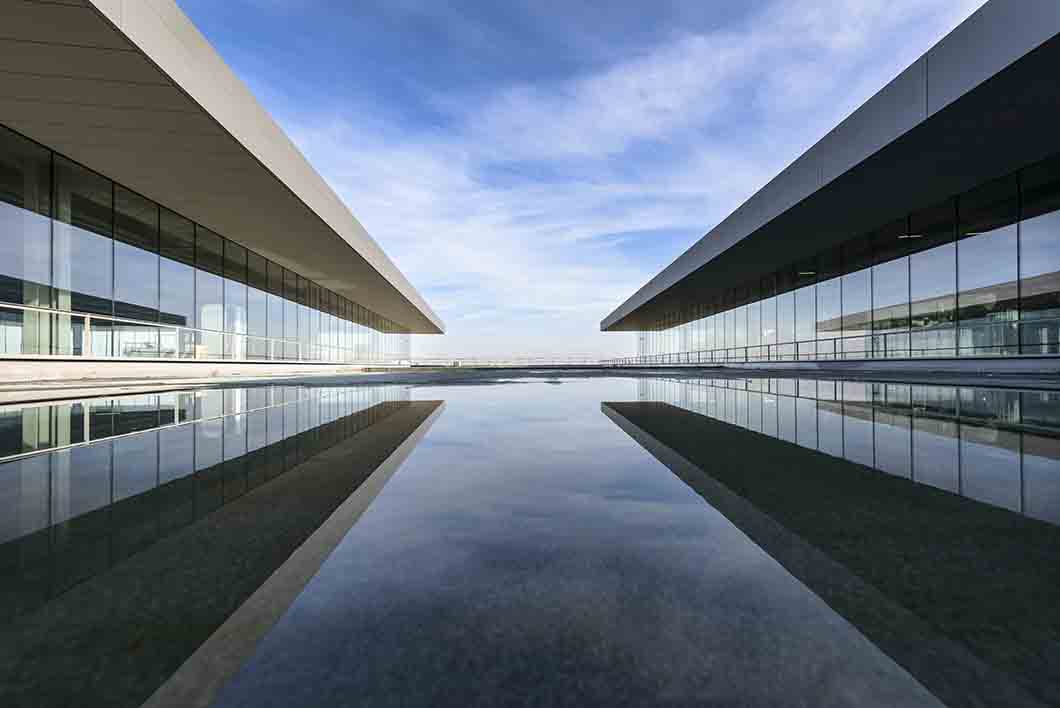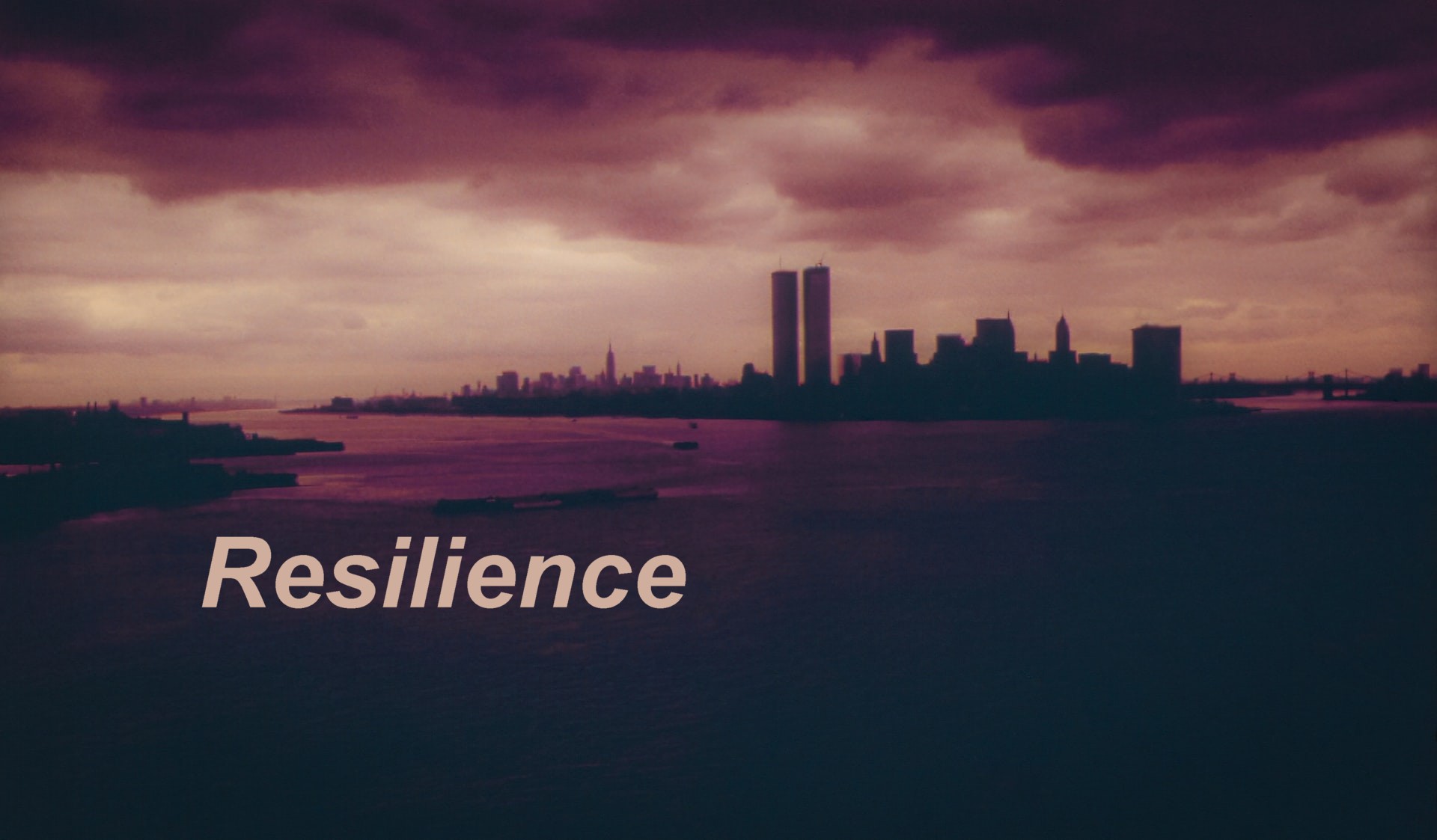The increasing frequency of climate-related disasters necessitates a shift in how governments approach design and construction of buildings and infrastructure. Resiliency is becoming the new imperative.
Resilient design protects infrastructure and enhances community safety, economic stability, and environmental sustainability.
However, mobilizing resilient design and construction requires a comprehensive approach to motivating governments to prioritize resiliency.
Here are the broad elements of a strategic approach to achieve positive results.
Step 1: Establish Clear Policy Frameworks– Develop legislation mandating resilient building practices in new constructions and major renovations, incorporating updated building codes to address climate risks.
– Incentivize compliance by offering financial incentives, such as tax breaks or grants, for projects that meet or exceed resilience standards.
Step 2: Provide Education and Training- Organize workshops and seminars for government officials, architects, engineers, and builders to highlight the benefits of resilient design and share case studies.
– Develop certification programs for construction industry professionals to ensure a knowledgeable workforce equipped to implement resilient design principles.
Step 3: Foster Collaboration Among Stakeholders- Encourage public-private partnerships (PPPs) to pool resources for research, development, and implementation of resilient designs.
– Engage local communities in planning through public forums or workshops to ensure their needs are met and foster support for resilience initiatives.
Step 4: Utilize Data and Technology- Implement advanced data analytics tools to assess community vulnerabilities and inform decision-making processes for prioritizing investments in resilient infrastructure. Promote the integration of innovative technologies in construction, such as sensors for monitoring structural integrity and systems for managing stormwater runoff.
Step 5: Showcase Successful Models- Fund pilot projects that exemplify successful resilient design strategies and use them as models to demonstrate effectiveness and attract further investment. Create recognition programs for municipalities that successfully implement resilient designs to motivate other governments to follow suit.
Step 6: Secure Funding Opportunities- Advocate for increased federal funding opportunities for resilience projects through agencies like FEMA or HUD.
– Work with state legislatures to establish dedicated funds to support governments’ efforts toward resilient construction.
Step 7: Monitor Progress and Adapt Strategies- Establish performance metrics to evaluate the effectiveness of implemented resilience strategies over time and identify areas needing improvement.
Create feedback mechanisms for stakeholders involved in resilience initiatives to allow governments to adapt strategies based on real-world experiences.
It is important to emphasize the potential cost savings of resilient construction. While upfront costs are typically 10-20% higher than conventional building practices, the long-term savings from reduced disaster recovery costs and lower insurance premiums can be significant.
Resilient construction also offers environmental and social benefits by reducing waste, protecting lives, and ensuring faster recovery, contributing to overall community well-being.
Download an extebded printable version of this article here
__________________________________________
The Pacific Northwest Building Resilience Coalition represents thousands of private companies committed to improving planning, development, and the construction of homes, buildings, communities, and associated infrastructure capable of surviving, recovering from, and adapting to the growing impacts of natural disasters, climate change, and an ever-evolving urban and physical environment.
In partnership with the Pacific Northwest Economic Region (PNWER), the Coalition is working on a multi-year Designing for Resilience initiative that will help create a more resilient and sustainable infrastructure by protecting the lives, property, and economic well-being of Pacific Northwest residents against potential hazards, both natural and man-made. Disaster risk reduction and the protection of insurance affordability are significant elements of this initiative.





